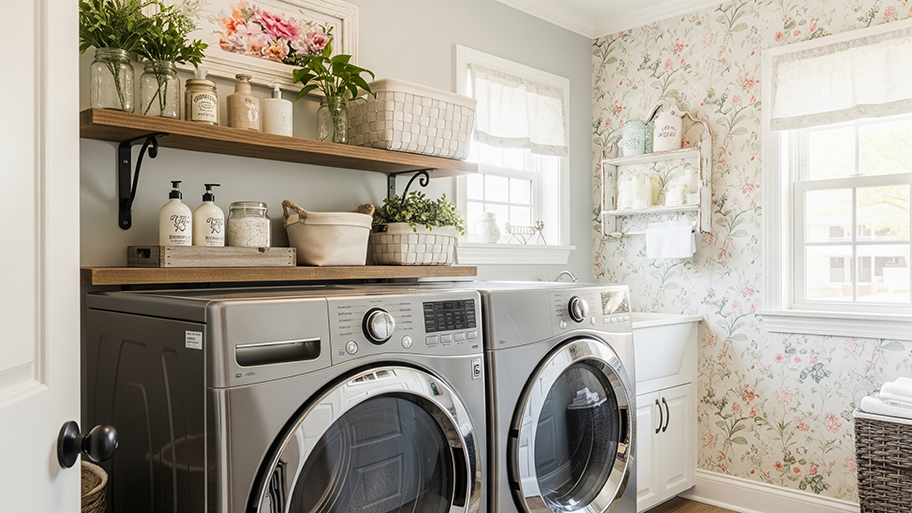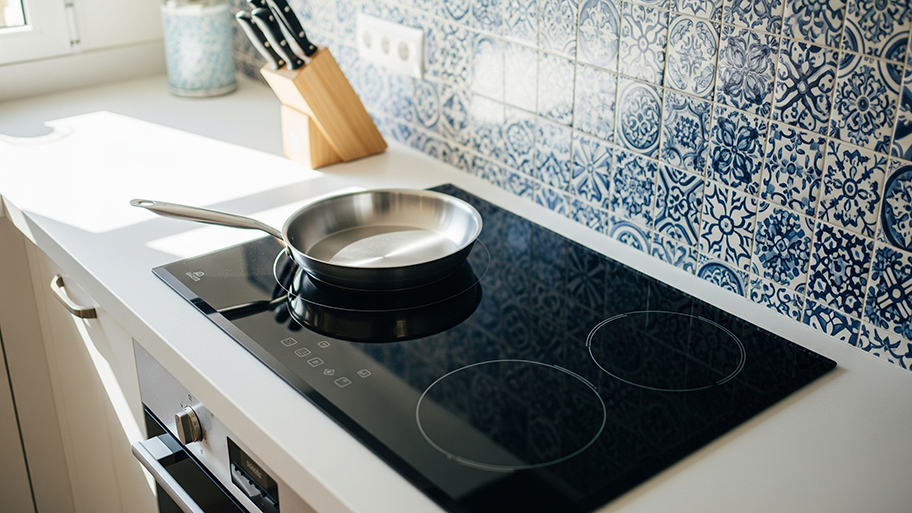
Depending on repair needs and machine age and type, the cost to replace a heating element in a dryer can vary. Learn the average repair costs.
Think you left the gas on? Here’s what to do


In the midst of dinner-time chaos, it’s easy to leave a burner running or fail to turn it off entirely. However, free-flowing gas is highly flammable and not something to linger on. If you left the gas on, take a quick beat to get a level head—like, three seconds—then follow the basic safety measures outlined below.
If you left the stove on and don’t smell gas, you may see a flame that has been burning the gas, preventing it from leaking into your home. In that case, turn off the stove. If you aren’t 100% certain or are hard of smell, don’t turn on your stove.
When taking on this project, expect questions only a pro can answer. With our network of local pros, you'll get the job done and your questions answered—without the hassle and stress of doing it yourself.
If you smell gas—(a rotten egg-type odor)—you could be in danger. Because natural gas and propane are odorless, gas companies add an odorant that smells like rotten eggs as a safety measure. If you detect that scent, it’s a clear sign that gas is escaping into the air. You should turn off the stove, and you, your family, and any pets should leave immediately.
Although you might think you should open the windows to air out your house, resist the urge to do so. Opening windows would delay your exit, plus could cause toxic fumes to spread beyond your home.
If your stove has electronic/spark ignition, leave the house and call 911, as many ranges will spark when you turn the knob to the "OFF" position, which could potentially cause an explosion. Turn off the gas supply to the house at the meter if it is located outside the house. Your local fire department knows how to identify and isolate gas meters.
Once you’re away from the home, call 911 or your local gas company’s emergency number. Do not try to turn the exterior gas valve off yourself. The first responders will inspect your home and, most likely, turn off the gas before giving you the go-ahead that it’s safe to return. If anyone experiences nausea, headaches, dizziness, or flu-like symptoms, tell the first responders, as these are signs of potential carbon monoxide poisoning.
Let’s say you smell that rotten egg odor, so you assume you left the gas on. But when you check your stove, you notice that all of the burners are off. In that case, you might have a gas leak. If so, leave immediately, and call 911 or your local gas company. They’ll likely turn off the gas. Later, you might need a local licensed plumber to fix any leaking pipes. The average cost to repair a gas line is around $200, but could be much higher depending on where the leak is located.
If there’s enough natural gas in the air, the presence of a flame could cause a fire. So, don’t turn on or off any electrical or gas items, such as lights, appliances, or gas fireplaces, or use your cell phone. And, if your car is in an attached garage, do not drive, since turning on the electrical ignition could potentially ignite the gas and start a fire.
As a general safety measure, consider purchasing and installing an automatic shut-off valve for your stove if it doesn’t already include one.
Jeff Botelho, licensed plumber and Expert Review Board member, says, "Gas leak and carbon monoxide detectors are a relatively inexpensive way to protect your family and your home in the event of a gas leak or a heating equipment and appliance malfunction." Ideally, place these devices near each of your gas appliances, such as your stove, water heater, dryer, and furnace.
Make sure your fire extinguisher is pressurized and operable annually. And, remember never to place anything flammable (like paints or newspaper) near a gas appliance.
According to Angi data, nearly 51% of homeowners have electric stovetops, while 46% of homeowners have gas stovetops. Check out the split between electric and gas stoves:
From average costs to expert advice, get all the answers you need to get your job done.

Depending on repair needs and machine age and type, the cost to replace a heating element in a dryer can vary. Learn the average repair costs.

The cost to relocate washer and dryer hookups varies based on location, as well as whether your moving the appliances and adding new hookups. We’ve compiled a full price breakdown here.

Broken glass stove tops are not only unsightly; they can also be dangerous. Use this guide to learn how much glass stove top replacements cost based on factors like size and type.

How do wood stove fans work, and why do you need one? Learn how to boost your home’s heating efficiency with our comprehensive guide.

Cooking in your kitchen wouldn’t be possible without a range hood to capture all of that greasy smoke and billowing steam. This guide breaks down the types of range hoods and their benefits and drawbacks so you can make an informed decision.

Whether a small or deep scratch, follow these simple steps to remove scratches from stainless steel to keep your appliances shining.